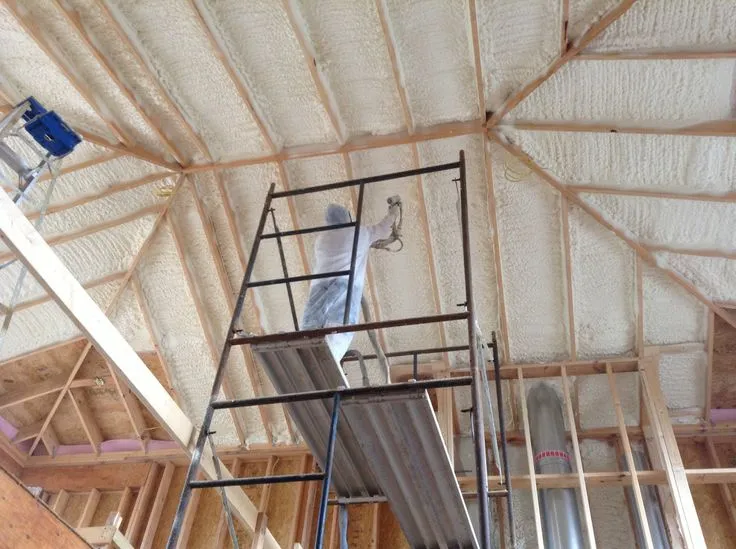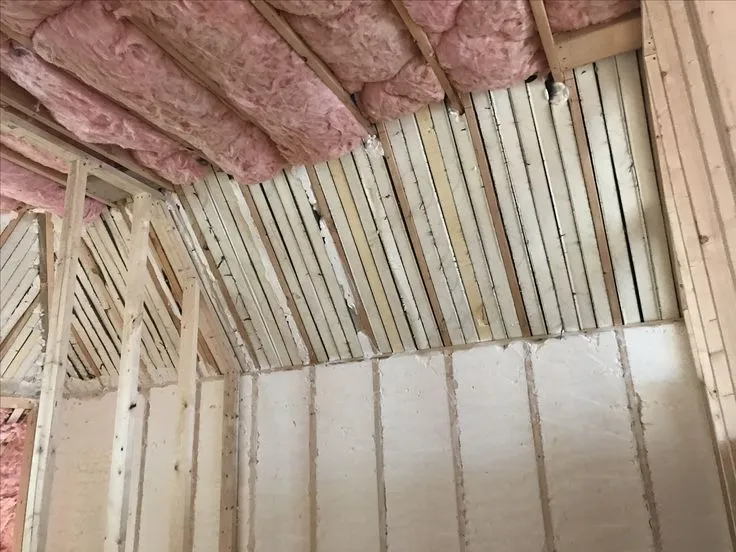
R-value measures how well insulation resists heat flow. Higher numbers mean better insulating power, which keeps homes warmer in winter and cooler in summer. For homeowners, this rating directly impacts energy bills and comfort levels. In simple terms, a material with an R-value of 30 blocks heat twice as effectively as one rated at R-15.
This article breaks down R-value basics, explains its role in home efficiency, and offers practical advice tailored to different climates based on hands-on work with insulation projects across various home types. Readers will gain clear steps to assess their own setups, with reliable guidance drawn from real-world results.
Insulation works by trapping air pockets that slow down heat movement. R-value quantifies this resistance on a scale where each point represents a specific level of thermal barrier. Scientists developed this standard to compare materials fairly, regardless of thickness or type.
Thickness plays a big part, but density and installation quality matter too. For example, two inches of fiberglass might achieve R-6, while the same space filled with spray foam could reach R-12 or more. Proper measurement involves lab tests under controlled conditions, simulating real home environments.
Moisture can reduce R-value over time, especially in damp areas like basements. Materials absorb water, which conducts heat faster than dry air, dropping effectiveness by up to 50% in wet conditions. Ventilation and vapor barriers help maintain performance.
Temperature swings also affect ratings. In extreme cold, some insulations compress and lose efficiency, while others hold steady. Installation errors, like gaps or compression, cut R-value by 20-30%, according to tests from the U.S. Department of Energy.
A report from ENERGY STAR highlights how combining layers boosts overall R-value without adding bulk. For instance, pairing rigid foam with batts creates a hybrid system that outperforms single materials. Beyond these elements, checking for air leaks in installation can make a real difference.
Bonus Tip: Check for drafts around windows and doors before adding insulation. Sealing these spots can improve total R-value by 10-15% without new materials, based on common fixes seen in older Seattle homes.
Attics need the highest R-values, often R-49 in colder zones, to prevent heat loss through the roof. Walls typically require R-13 to R-21, depending on construction. Floors over unheated spaces call for R-25 to R-30.
Seattle’s climate, with its mild winters and cool, rainy summers, suggests R-38 for attics and R-21 for walls. This balances energy use without over-insulating for rare freezes. The Building America Solution Center from the National Renewable Energy Laboratory provides zone-specific charts that adjust for local weather patterns.
Data from the U.S. Energy Information Administration shows homes with proper R-values save 15% on heating costs annually. In the Pacific Northwest, this translates to noticeable reductions during prolonged wet seasons.
Different materials offer varying R-values per inch, affecting choices for space-limited areas. Fiberglass batts provide R-3 to R-4 per inch but settle over time. Cellulose blows in at R-3.5 and fits irregular shapes well.
Spray foam expands to fill gaps, delivering R-6 to R-7 per inch for closed-cell types. Rigid foam boards hit R-5 and work great for foundations. Here’s a table comparing common options:
| Insulation Type | R-Value per Inch | Best For | Potential Drawbacks |
|---|---|---|---|
| Fiberglass Batts | 3.1-4.3 | Walls, attics | Can sag if not installed right |
| Cellulose Loose-Fill | 3.2-3.8 | Attics, walls | Settles, needs moisture control |
| Closed-Cell Spray Foam | 6.0-7.0 | Rim joists, attics | Higher upfront cost |
| Open-Cell Spray Foam | 3.6-4.0 | Walls, soundproofing | Less moisture resistant |
| Rigid Foam Boards | 3.8-5.0 | Basements, exteriors | Requires cutting for fit |
This table pulls from guidelines in the Oak Ridge National Laboratory’s insulation handbook, which tests real performance. These material differences influence not only performance but also broader trends in the industry.
Bonus Tip: In humid Seattle basements, opt for materials with built-in vapor retarders to preserve R-value year-round. Field experience shows this prevents mold issues that degrade insulation.
Market facts back this up: The insulation industry grew 5% in 2022, driven by rising energy costs, per a study from Grand View Research. Homeowners in wet climates like the Northwest benefit most from high-R options, cutting bills by 20% on average.
Assess current insulation levels first. Pull back a small section in the attic or wall to gauge thickness and condition. Energy audits reveal weak spots, often finding 30% efficiency losses from poor setups.
Budget plays a role; higher R-values cost more initially but pay back through savings. Long-term durability matters too, especially in rainy regions where rot can undermine materials.
Local building codes set minimums, like Seattle’s requirement for R-20 walls in new constructions. Factor in home age; pre-1980s builds often lack adequate insulation, leading to higher utility use.
Environmental impact counts as well. Some materials use recycled content, reducing carbon footprints. Weigh ease of installation against professional needs for tight seals.
Bonus Tip: Test home energy use with a simple meter before changes. This baseline helps track improvements, a step that clarifies R-value needs in practical terms.
Higher R-values improve efficiency, but after reaching code minimums, the gains shrink in mild climates. Beyond that point, returns are limited compared to upfront cost.
Yes, layering materials like fiberglass with spray foam can enhance performance, and most warranties remain valid if installed correctly.

Settling and moisture cause most declines. Inspect annually and add top-offs as needed to restore levels. In Seattle’s damp air, dehumidifiers help maintain dry conditions.
Add up values for each assembly: walls, roof, floors. Online calculators from the Department of Energy simplify this, factoring in square footage.
No, consider soundproofing, fire resistance, and moisture handling. Closed-cell foams excel in wet areas but cost more.
Often yes, but check weight limits in attics. Professional assessment avoids compression that lowers R-value.
Windows contribute little, around 10% of loss, but sealing them raises effective home rating. Use weatherstripping for quick gains.
R-value rates insulation’s heat-blocking ability, with higher numbers cutting energy use and boosting comfort. Tailor choices to climate and home layout for best results. Evaluate current setup against local needs to spot upgrades.
Review specific home conditions, energy patterns, and goals before changes. This approach ensures lasting efficiency.
Take time to inspect your home’s current insulation and compare it to regional standards. For expert advice on R-value applications in Seattle homes, contact Cascadia Spray Foam of Seattle at [email protected] or (425) 386-3500. Schedule an assessment to identify tailored improvements that fit your setup. This step clarifies options without commitment, leading to informed choices on efficiency gains.